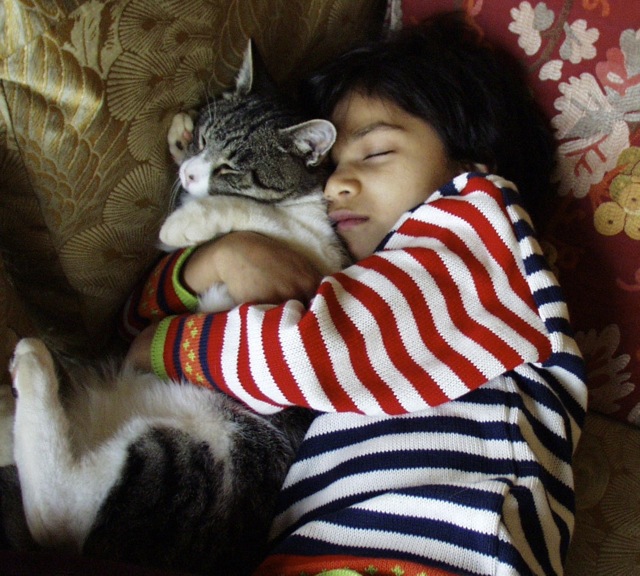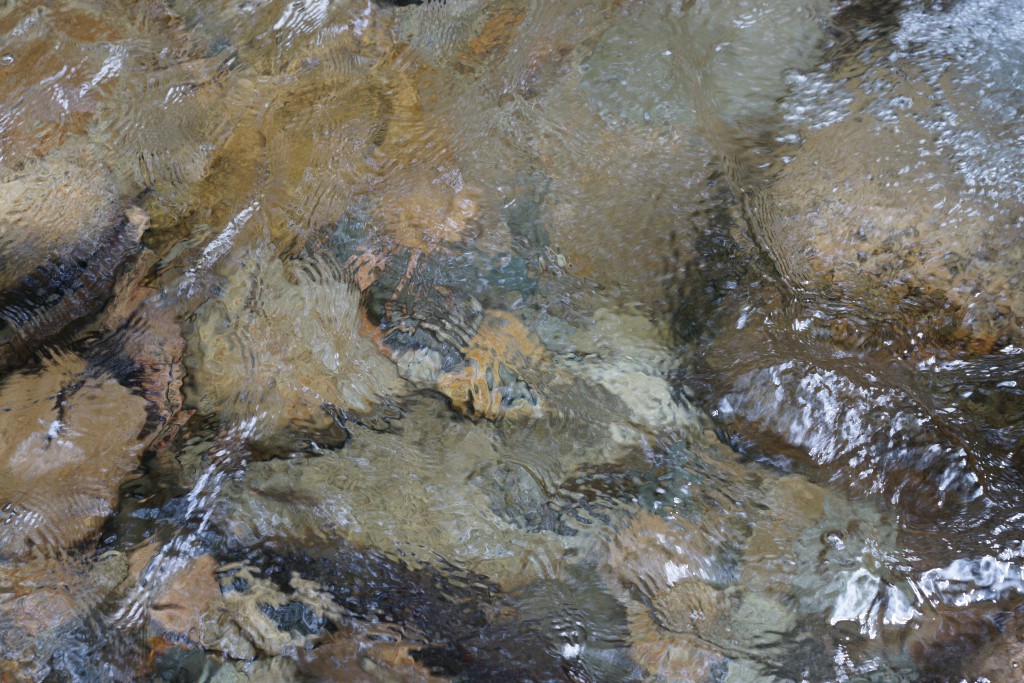 Niki at work. Photo: Pam White
Niki at work. Photo: Pam White
On Saturday, our beloved cat Nikita passed. He had been with us for 18 years. Niki’s story is a good one.
My dance company and I were performing in St. Petersburg, Russia. One evening, Pam and I were walking in the city – it was summer, and the evening light stretched into the early hours of the morning. We strolled across the Anichkov bridge, where several people stood with boxes of kittens. In one of the boxes was a tiny sickly kitten with a spot on his nose. We were flying out the next day. We tried to find a cat carrier. We tried to find a vet. No luck. We went to the airport, and sitting in the waiting area was a family with a tiny kitten in a carrier. “We should have taken him,” I whispered. “We have to find a way.”
Back in the U.S., I called Helen, our Russian translator and described the kitten. She found him. She found a carrier. She found a vet. Several Americans were still in Moscow after the dance festival. Lisa First, the director of the festival agreed to fly the kitten from Moscow to New York. Helen agreed to fly him from St. Petersburg to Moscow. We flew from Martha’s Vineyard to rendezvous with Lisa at JFK. In our last conversation with Helen, she asked if we would take another kitten from a kitten club. Her name was Musia. Helen had adopted her sister Dusia. We said sure. In for a dime. . .
Here is where it gets even more bizarre. Our plane couldn’t land in New York – air traffic. We circled over JFK. I stared down at the airport willing the plane to land. I knew that Lisa had a very narrow window of time before she had to catch her flight from New York to Minneapolis. Finally we landed. I raced through the airport down to the area where Lisa was waiting. Couldn’t find her. Finally spotted her across a very crowded room. She handed me the carrier with a smile, and I started running through the airport.
Our flight back to the Vineyard was scheduled to leave in five minutes. As I ran, I could see little black and white paws stretching through the carrier. Musia. I reached security (fortunately nothing like post 9/11 security). The security x-ray was broken. I pleaded. They relented. I ran. Pam was standing in the doorway of the airplane. All the stewardesses stood behind her looking worried. Pam said later that they were going to hold the plane no matter what. Musia, Nikita, Pam and I took our seats.
Musia passed two years ago. She was an extravagantly beautiful, completely sweet Russian beauty. Niki stayed on. His job after our daughters left was to sleep between us so that whenever we awoke, we would hear his purr, rest our hands on him. His other job was to teach us how to be a part of everything, how to dissolve into the day, the moment, how to receive, how to taste everything all of the time. He taught us that up until his last breath.
Thank you Nikita.


